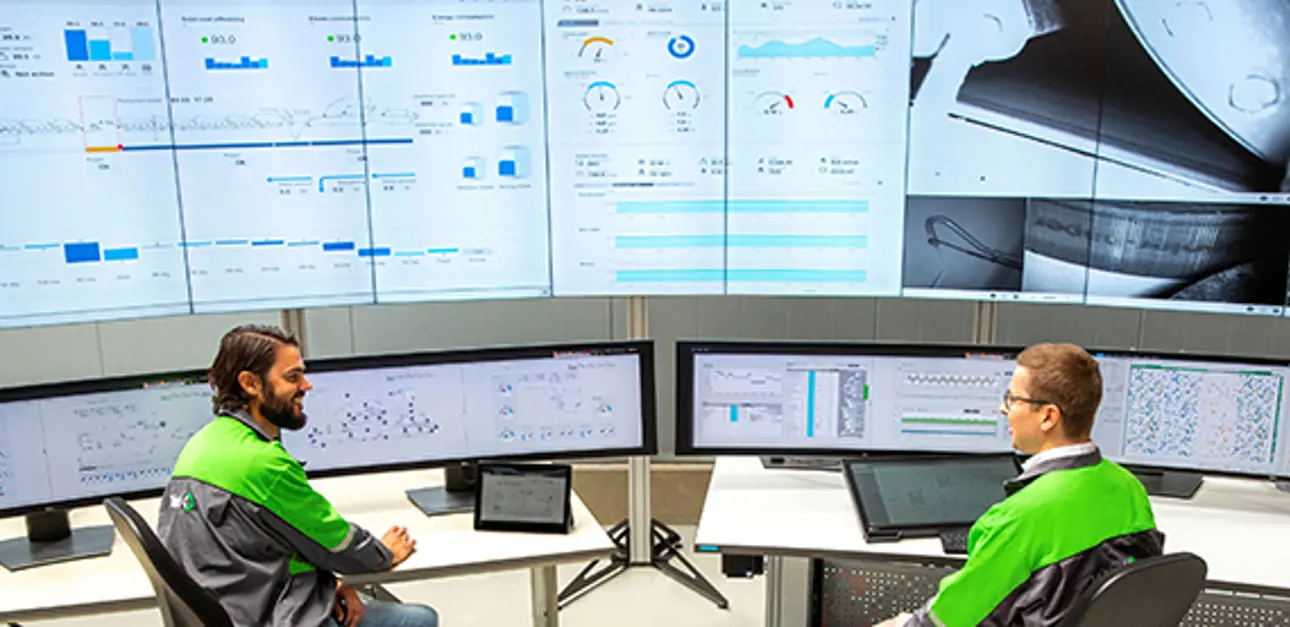Unlock the secret to success with UX design
Dec 12, 2022
UX design is recognized as being important but is often misunderstood. We take a closer look at what it entails and how it can benefit the process industry.

User experience (UX) is a much wider concept than just making a nice user interface (UI). It’s about how people feel about their work and how workplace automation systems influence it. It goes far beyond usability, incorporating elements ranging from human-centric co-design and ergonomics to safety, maintenance and situational awareness.
As a multidisciplinary field, psychology, sociology and technology are all used to impact UX to facilitate targeted positive experiences and that’s what UX design aims to achieve.
A holistic approach to control
Eija Kaasinen, Principal Scientist focusing on Human Technology Interaction at VTT Technical Research Centre of Finland, says, “If we think about the process industry, there are fewer plant operators working today, so they carry a great deal of responsibility – if anything goes wrong, downtime has a financial impact. That is why it is worth thinking about how operators feel at work, and how user experience influences productivity and work well-being.”
As such, one of the goals of UX design is to ensure that operators feel being in control, competent and confident when new systems are integrated into the work environment. In successful UX design, the workers themselves should be involved early in the planning to influence how the work processes and technical tools smoothly fit together.
“We must utilise the knowledge of the workers when ideating how new systems should be integrated into the workplace and how work processes should be developed accordingly. If technical systems are introduced from the outside, they may force people to work differently and unnaturally. Observing the users and trying to fit the system according to their current way of working is not enough, as you then miss the opportunity to develop work processes in parallel to the work tools,” says Kaasinen.

The UX design mindset should take a holistic approach when designing the workspace. Nina Flink, UX Manager at Valmet, points to the need for cooperation and co-design between all contributors, ranging from the architectural and engineering firms to the customer. She says, “It’s not just about the furniture and physical ergonomics, it’s also about lighting and air conditioning, which all combine to impact how people can comfortably work in the control room.”
Likewise, if changing a spare part or performing maintenance takes a long time, then the UX is negatively affected by that discomfort. Flink notes, “UX isn’t something you can add in as an afterthought, it must be baked into every stage of development.”
Operating with confidence
According to Flink, “Whatever we do with UX design at Valmet, the UX goals are always at the back of our minds. When you design something, you must ask yourself: does this make our user feel in control and situationally aware, as well as provide a sense of freedom? This instills a feeling of personal ownership, influence and pride in the system. Users should feel that it is helping them in their work.”
Kaasinen agrees, saying that when the UX is good, people can simply concentrate on their responsibilities: “Operating the automation system should not take operator’s attention from their main responsibility, which is taking care of the production process.”
With an increasing amount of data in automation systems, information must be meaningfully presented. “If there’s a high-pressure situation, the user must immediately spot what they need and feel confident to handle the situation safely and quickly. If the UX is bad, it affects their situational awareness,” says Kaasinen, who has researched UX design for almost 20 years.
It’s often assumed that adding another monitor is enough, but that’s not a solution. Since attention is a limited cognitive resource, information must be structured and prioritized hierarchically.
UX design enables users to work most naturally, be more efficient and trust in the system they’re operating. The power or energy process is not something that you can view visually, so the system is your eyes.” Flink says.
Users at the heart of the design
During Kaasinen’s career, she has worked to change the approach to human factor research by developing ways to influence the design from a user point of view, even when some new technology is in the lab. Human factor viewpoints should always be guiding the design, she emphasizes.
It is a philosophy shared by Valmet, notes Flink, “When we began developing the Valmet DNAe User Interface, our cornerstone was user experience, information and people. In the process industry, you must go to the user and research to understand why they are doing things. We’ve always been very good at going to the customer.”
While a design might work well in theory, it can fail in practice so it’s back to the drawing board. Flink expresses confidence in Valmet’s UX but that is not enough for her: “We must think all the time about how to stay ahead. You must continually develop yourself and your design, which is why it has been close to our heart for so long.”